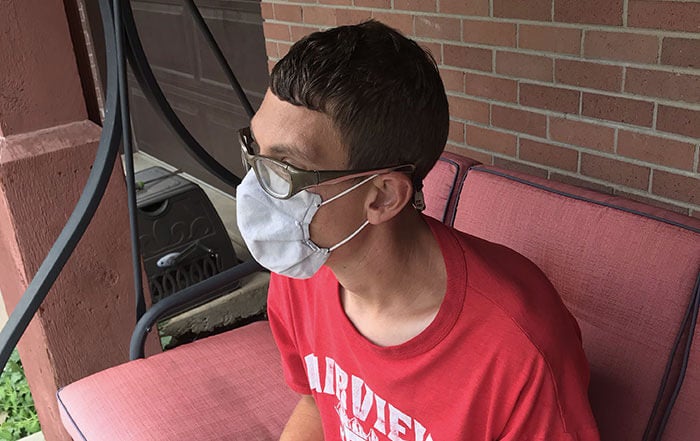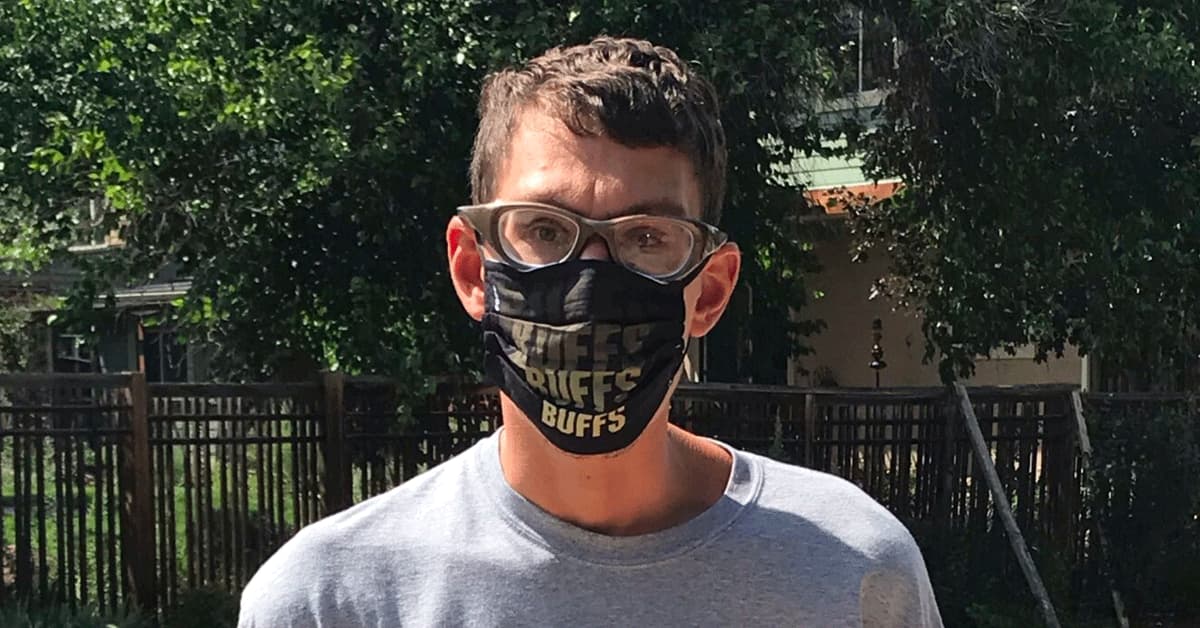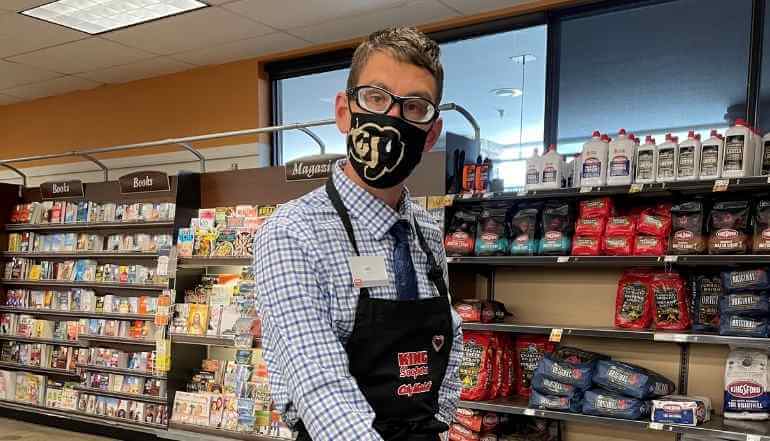By Jayne Dixon Weber
Video by Dr. Rebecca Shaffer
Some level of anxiety is a common reaction to wearing a mask for the first time. For those with a history of other anxiety disorders, masks can trigger danger signals, such as a fight or flight response from heat or the feeling that you can’t get enough air. And when the danger is real — as with COVID-19 — it only makes the adjustment more challenging.
Now, according to the CDC, people with developmental or behavioral disorders are not at any higher risk than the general population for contracting COVID-19 — unless (like the general population) — they have one or more other underlying medical conditions. However, they may have more difficulty assessing, understanding, and practicing recommended preventions, and of communicating symptoms should they become infected.
All of which means masks are important for all of us, especially those relying on others for their care. Here, our own Jayne Dixon Weber provides helpful tips on how to get your loved one with FXS comfortable wearing a mask, including insights into the issue within her own family.
But first, a short video from Dr. Rebecca Shaffer, director of psychological services for Cincinnati Children’s Fragile X Treatment and Research Center, entitled “Helping Individuals With Fragile X Syndrome Wear a Mask.”





